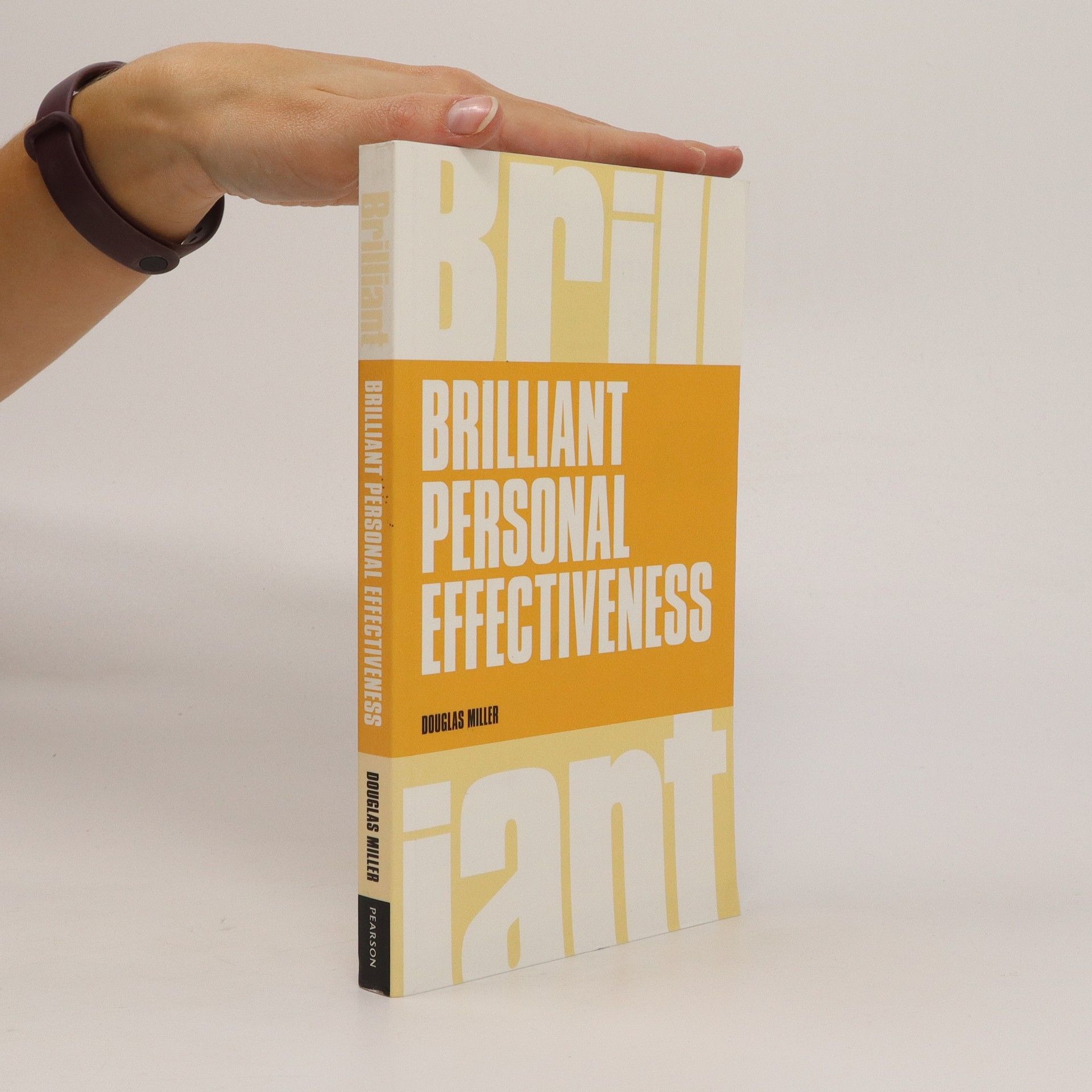This book provides a detailed insight into the one of the greatest popular uprisings in European history and explores the organization, tactics, and experience on the battlefield of the peasant bands which faced the Landsknecht armies of the German nobility.
Douglas Miller Reihenfolge der Bücher






- 2023
- 2021
Greatest Escape
- 320 Seiten
- 12 Lesestunden
The story of the largest prison break in US history, when more than 100 Yankee officers attempted a mass break-out from Libby, a special Civil War prison in the Confederate capitol of Richmond, Virginia, that was considered escape- proof.
- 2017
"Within us, collectively, there lives brilliance, even genius, which, if harnessed in the right way, can transform our work", says author Doug Miller in the Collaborative Working Pocketbook. "The main reason we collaborate", he continues, "is that no individual, team, group or, even, organisation can hope to have all the knowledge and skills it needs without partnering with others to meet its goals." Collaborative working is quite simply a dynamic method for solving problems and for creating and exploiting opportunities through two or more people. It allows you to be the best version of yourself in a way that benefits the group you are part of. At the heart of collaborative working are seven core behaviours - the collaborative habits. Each of these habits - trust, purpose, humility, connectivity, curiosity, disagreement and control - is described in a separate chapter and Miller explains how they can be applied from both an individual and team perspective.
- 2014
Brilliant Personal Effectiveness
- 272 Seiten
- 10 Lesestunden
Identify your strengths so you can maximise your contribution and make a big impact at work. Using simple, practical steps and strategies, each of which has been developed, tested and proven to boost your personal performance.
- 2007
Don't Worry
- 179 Seiten
- 7 Lesestunden
We live in an era of fear and paranoia. Insomnia, depression and anxiety related illness is on the increase. What if we could eliminate the anxiety in our lives? What if we could face the future without fear of the unknown? Free yourself from anxiety, live your life to the full and exploit the possibilities of a life without irrational worry. Know yourself and understand what causes your anxiety Understand how anxiety in your life holds you back Learn how to mitigate against the anxiety you feel Learn and implement strategies that will reduce anxiety Discover steps that can be taken to reduce stress and anxiety at work Review progress and learn ways to further improve
- 2005
Positive Thinking, Positive Action
- 192 Seiten
- 7 Lesestunden
Apply positive thinking in your life and discover a world of opportunity. Understand how simple steps, from changing your perception of yourself and others to adopting a position of curiosity, can enhance your optimism Discover how to focus on goals and maintain your motivation even in the face of setbacks Achieve greater happiness and fulfilment in all areas of your life, and enhance the lives of others
- 2004
Im späten 15. Jahrhundert wurden die ersten Landsknechte rekrutiert: eine Truppe Freiwilliger, die sich als Söldner in den Dienst Maximilians I. stellten und fortan das Rückgrat einer zuverlässigen Armee bildete. Der vorliegende Band beschreibt Ausbildung, Kleidung und Bewaffnung der Landknechte und gibt, z.T. farbig illustriert, einen Einblick ins tägliche Leben dieser Söldnertruppe.
